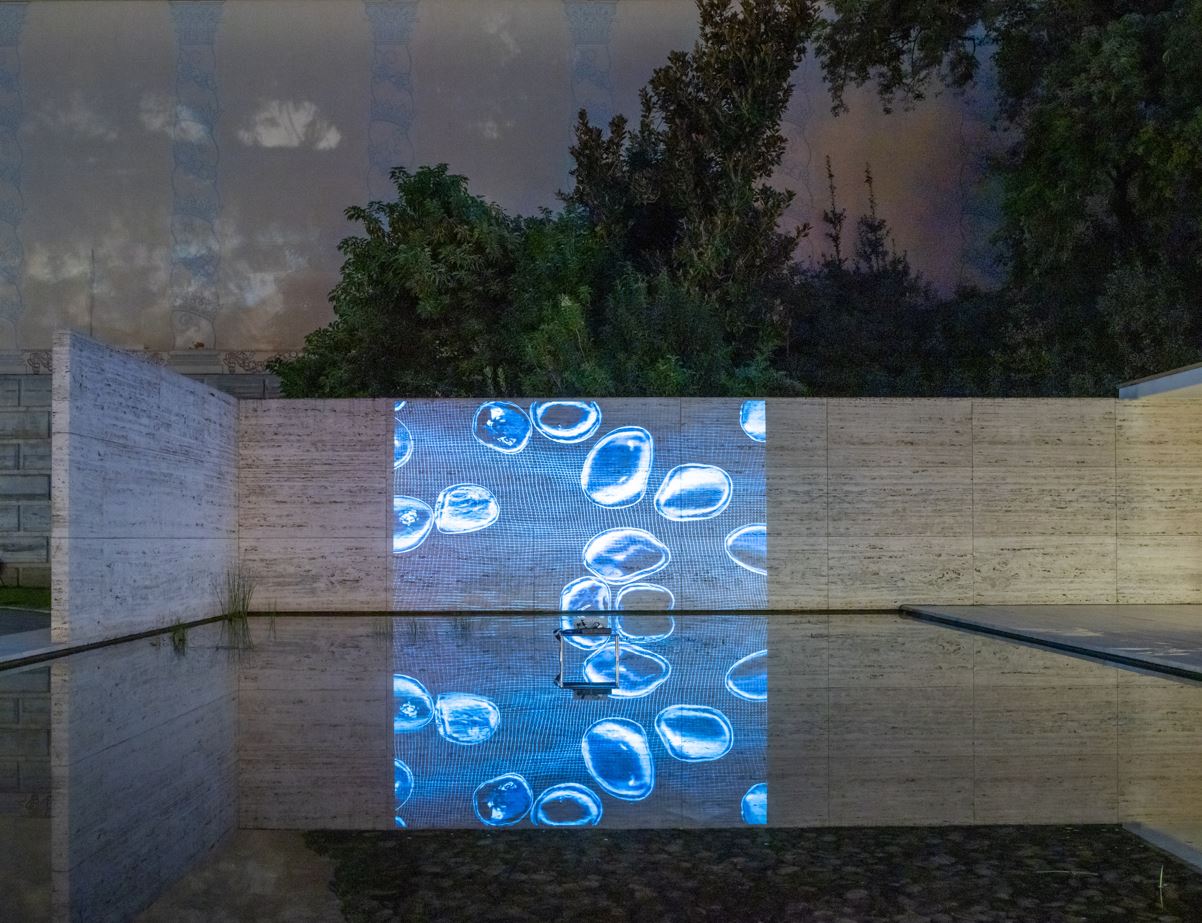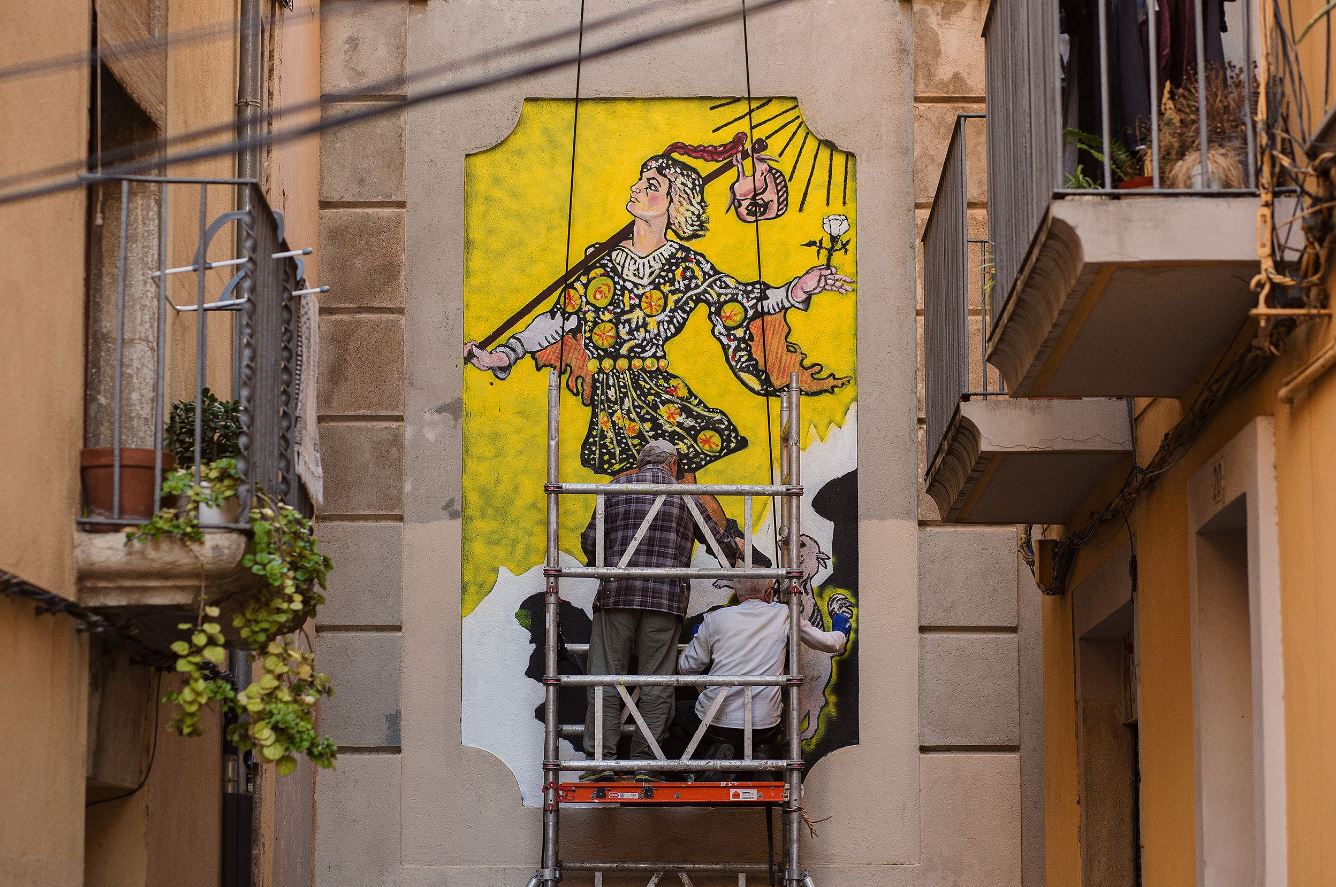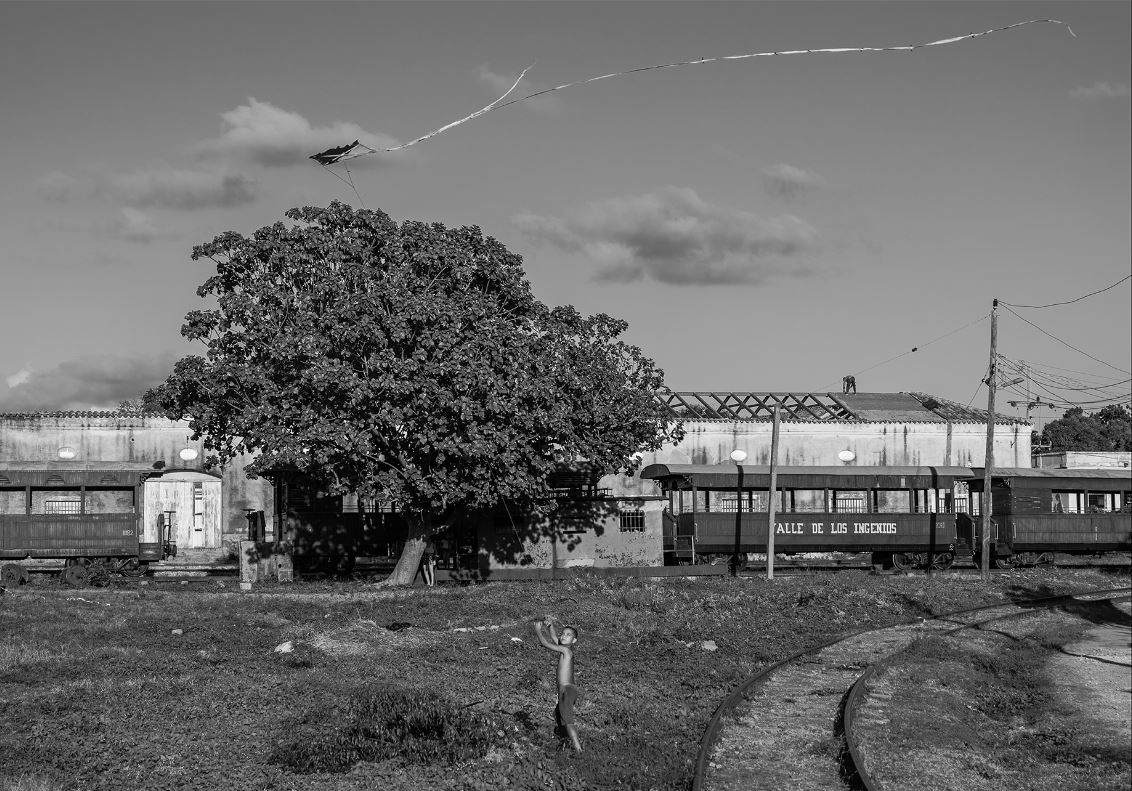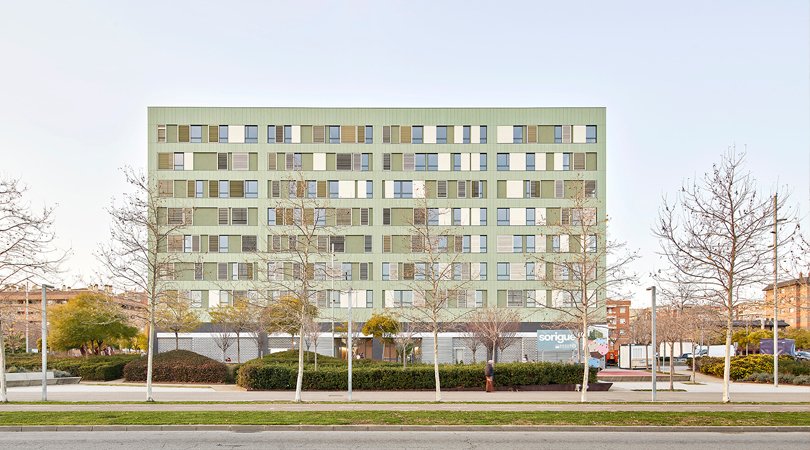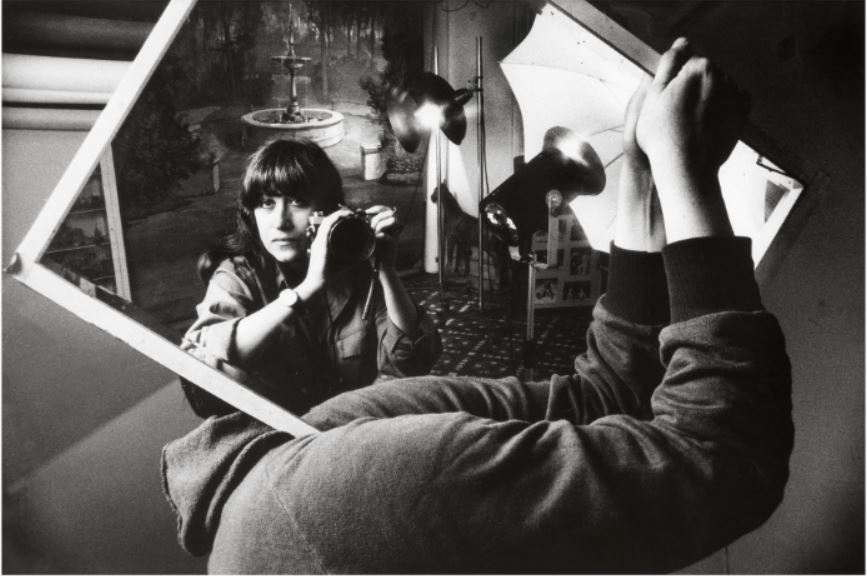Exhibitions
The invisible energy of the Mies van der Rohe Pavilion
An artistic installation that challenges gravity and our perception of energy.
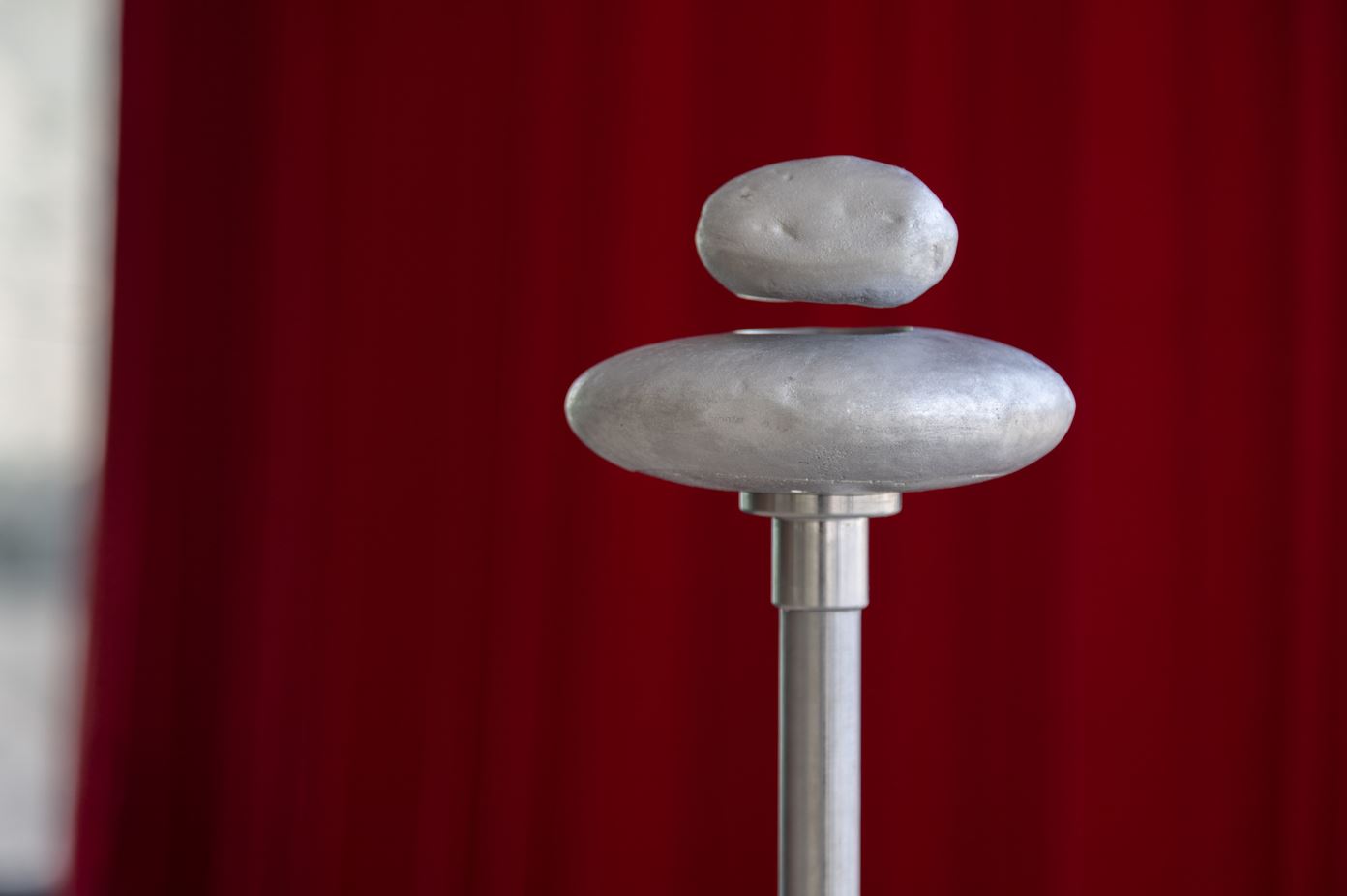
The history of the Mies van der Rohe Pavilion reminds us of one of the most famous maxims of modern architecture, stated by Mies himself: "less is more". In this space, the "less" manifests itself not only in the simplicity of its lines, shapes and colors, but also in the silent prominence of its materials, including the pebbles from the pond. Now, thanks to the 'In(Visible) Energy' installation, the pavilion is transformed into a platform that explores invisible energies and architectural possibilities, focusing precisely on these simple pebbles.
The work has been developed by the B-Made experimental workshop of the Bartlett School of Architecture , led by Josep Miàs, and explores the force of gravity and magnetism by arranging the pebbles of the pond in impossible balances that levitate in the air thanks to hidden electromagnets. This intervention, which can be visited until November 3, starts from the simplicity of a stone and invites us to reflect on the energy that moves our world and the relationship we establish with it.
When the pavilion was originally built in 1929, both art and science were at a cutting edge. Mies proposed a stripped-down, pure and bold architecture, looking for each material to have maximum expression. At the same time, Einstein's revolutionary equation, E = mc², was formulated, which revealed the relationship between energy and mass. Now, almost a hundred years later, the pavilion once again becomes a stage for these dialogues between visible and invisible forms of energy, between matter and emptiness, between strength and balance. The installation speaks to the potential of nuclear, gravitational and electromagnetic energies, but also suggests an equally powerful fifth force: consciousness . It is this force that could propel us towards an energy transition that leaves behind the weight of fossil fuels.
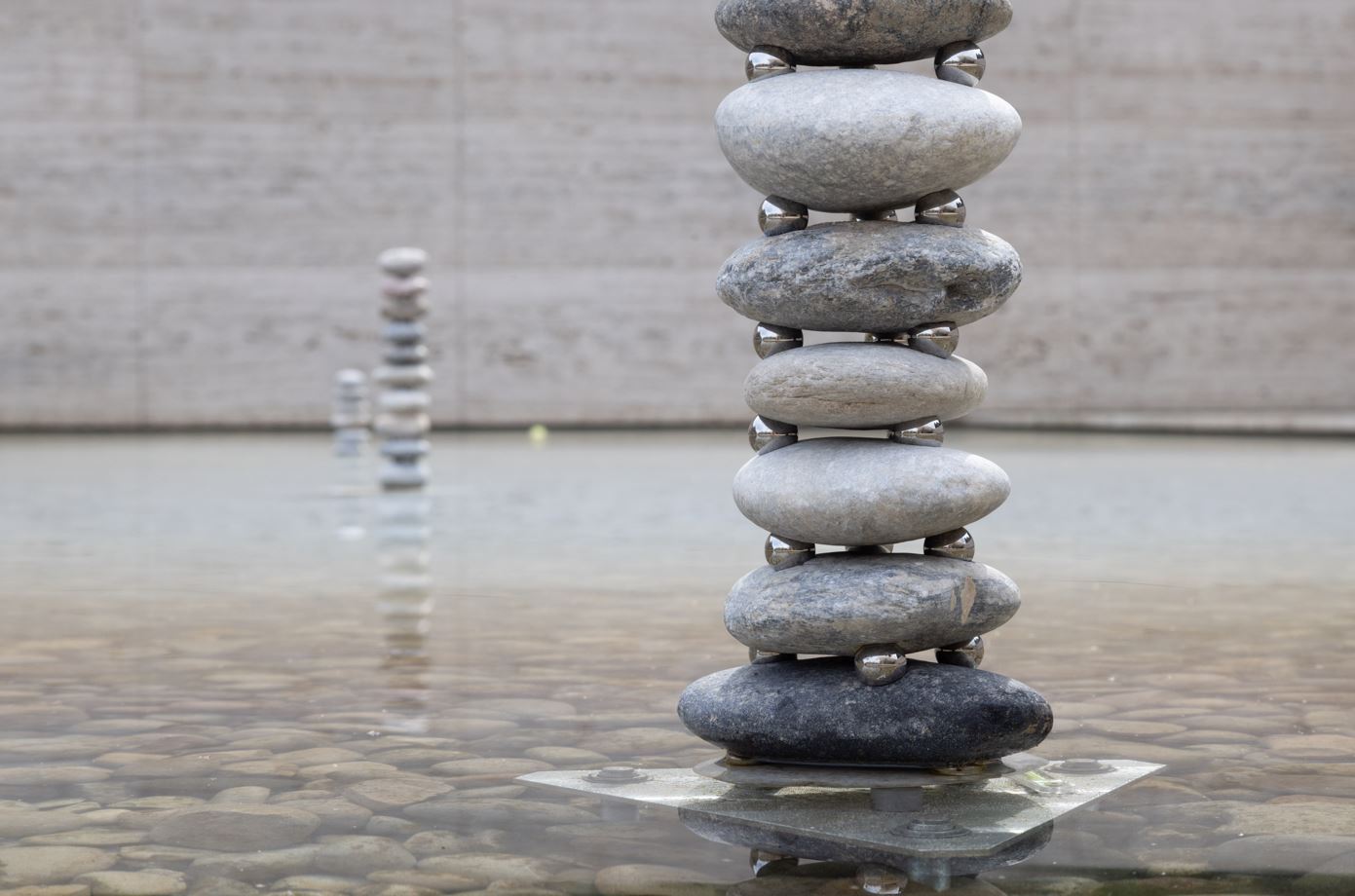
As the creative team comments, if we compressed all the energy we consume in a lifetime, it could fit into a stone as small as the ones we see in the pavilion. But the current energy model, dominated by fossil fuels, carries a monumental burden: the mass of all the materials burned to provide this energy would be equivalent, according to this simile, to the weight of all the marble in the building.
In the words of Luke Olsen , B-Made teacher, the process of creating the piece involved a deep dialogue with the pavilion and the elements that make it up: "It's been a 4-year process since I took the pebble out of the they are based on the simple premise of elevating what is invisible, which is everything that the pavilion does not show us, what we cannot understand with the naked eye. And these things are, in part, the pebbles; we pass by it constantly, but we don't understand its value. From the beginning we wanted to explore this connection between matter and energy.”
'In(Visible) Energy' is a joint work between architects, engineers, musicians and scientists, because, beyond observing and trying to understand the theory and technicalities, an acoustic intervention also allows you to hear the effects of the electromagnetic force that sustains the pebbles through binaural frequencies, while another piece converts electromagnetic energy into audible sounds through a microphone.
Through the pebbles, the creators of 'In(Visible) Energy' seek to make us understand that energy is not necessarily invisible or remote, but tangible and conscious. It is a very interesting proposal, which adds a new layer of complexity, both visual and conceptual, to the balance and harmony that characterize the pavilion.
